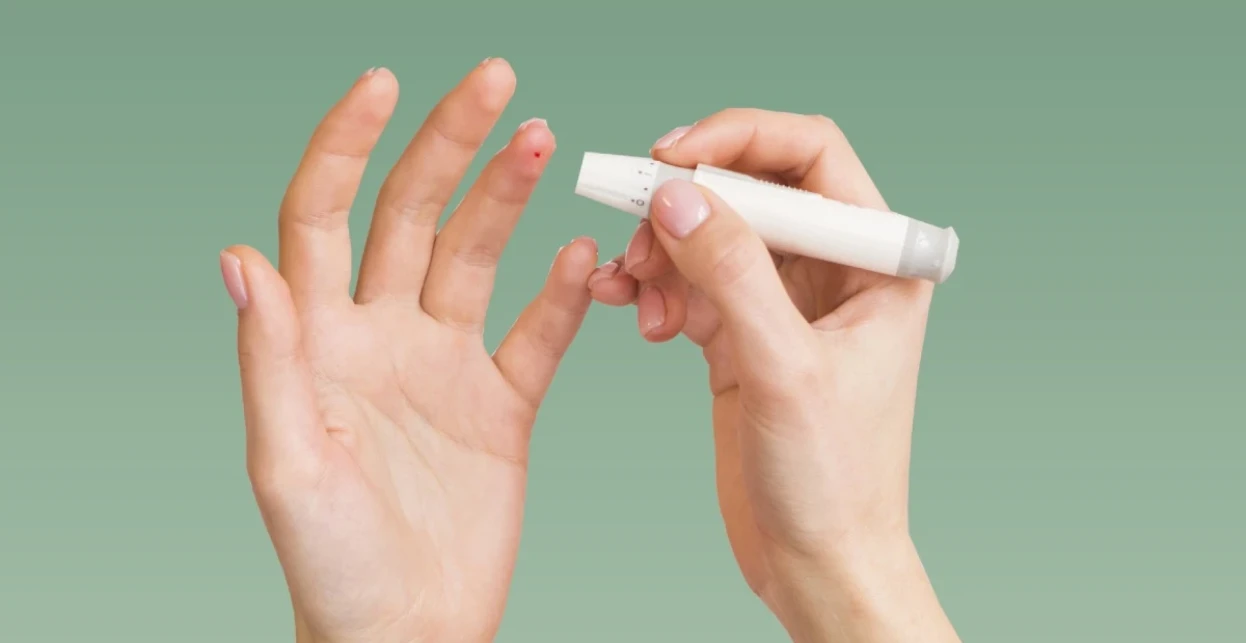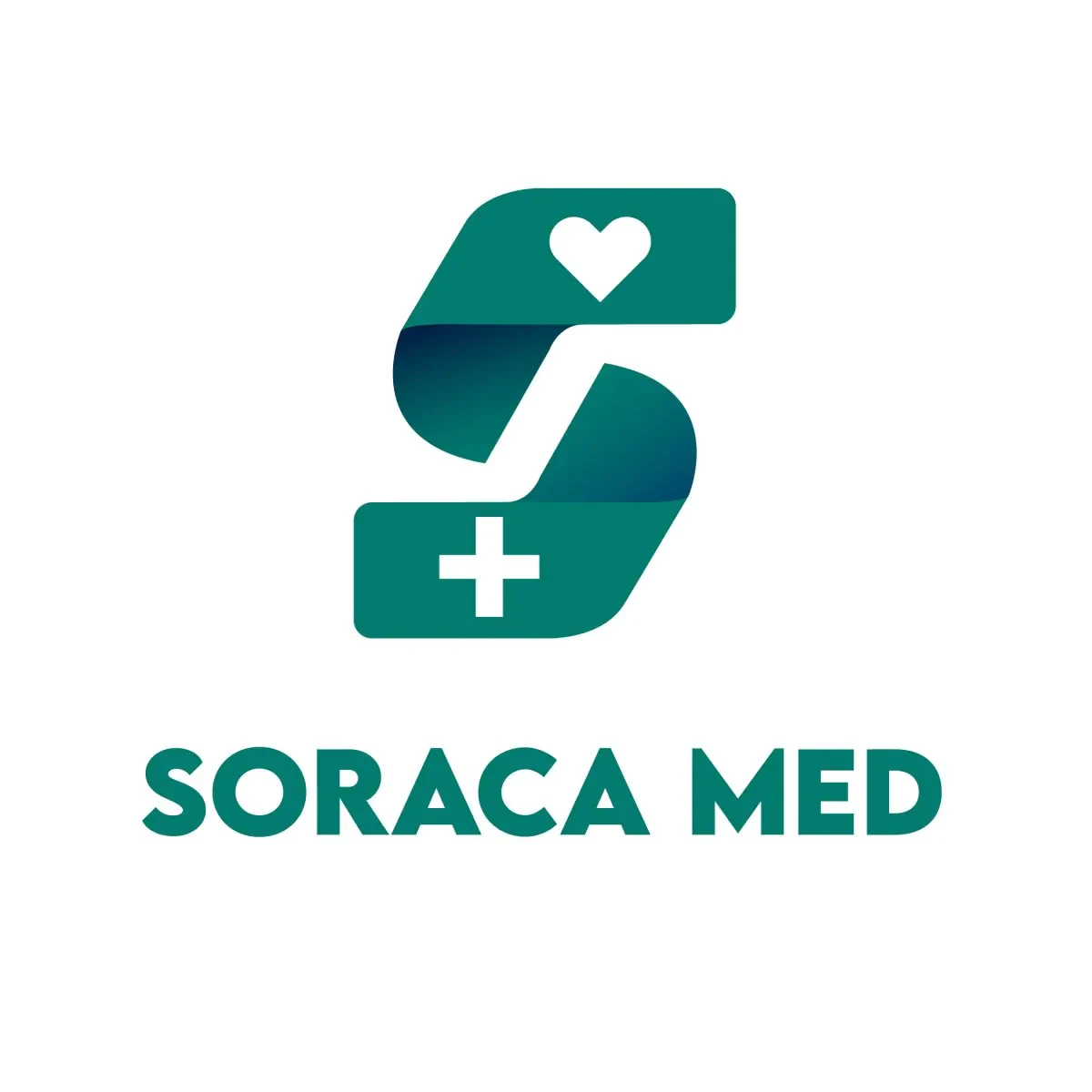
Stem cell Treatment For Autism
Stem cell Treatment For Autism, can be a powerful agent of transformation, which are revolutionizing the treatment options. They have the ability to grow into a variety of cell types that are specialized and thus offer promise in treating various diseases. In the middle of the awe-inspiring potential of cellular cells and the complex nature of neurodevelopmental disorders is the mystery that is autism spectrum disorders (ASD). ASD is characterized by its complicated mix of communication difficulties with repetitive behaviors and a lack of interest and affects millions of people around the world. Although the cause of ASD is multifaceted, recent research has sparked excitement about the therapeutic potential of stem cell treatment for auitsm to alleviate the symptoms and issues related to this condition. This blog will dive into stem cell treatment for autism and shed some light on the exciting possibilities and the thoughtful analysis that goes with this particular avenue of medical research.
What is Stem Cell Treatment and How does it work?
Stem cell therapy represents a revolutionary approach in the field of regenerative medicine. Stem cells are unique cells capable of self-renewal and differentiation into specialized cell types, offering the possibility of replacing damaged or dysfunctional cells within the body. In the context of ASD, researchers have investigated several types of stem cells, including Mesenchymal Stem Cells (MSCs), Neural Stem Cells (NSCs), and Induced Pluripotent Stem Cells (iPSCs).
MSCs, derived from sources like bone marrow and umbilical cord tissue, have gained attention due to their immunomodulatory properties and potential to repair damaged tissues. NSCs, found in the brain and spinal cord, have the ability to differentiate into various neural cell types, holding promise for restoring neural function in individuals with ASD. iPSCs, generated by reprogramming adult cells, offer the advantage of patient-specific therapies and the ability to model ASD in the laboratory.
Each type of stem cell possesses unique characteristics and potential advantages, making them valuable tools in ASD research. Understanding their distinct properties and mechanisms of action is crucial for harnessing the full potential of stem cell therapy for the treatment of ASD.
In the next section of this blog post, we will delve deeper into the rationale for exploring stem cell therapy in ASD. We will explore the underlying reasons driving the investigation of stem cells as a potential treatment option and discuss the mechanisms through which they may benefit individuals with ASD.
Understanding Autism Spectrum Disorder (ASD)
Autism Spectrum Disorder (ASD) offers a tangled collection of neurodevelopmental disorders that influence an individual's perception cognitive, social, and emotional experiences. The primary characteristics are related to the spectrum of behavior, communication, as well as social interaction, and are essential to the definition. People with ASD may face verbal and non-verbal communication issues, which range from difficulty initiating conversations, to difficulties in understanding the meaning of gestures or expressions. Repetitive behavior and limited areas of interest are also common characteristics that are often manifested as regular movements or intensely focused attention to specific subjects.
The complex web of ASD's roots extends into a vast landscape of environmental and genetic factors. Although the precise causes remain undetermined, scientists recognize the interaction between genetic predispositions and environmental factors in crucial developmental phases. Genetic studies have revealed a variety of risk genes which contribute to ASD susceptibility. In addition, prenatal factors like maternal infections immune responses, as well as exposure to environmental factors are being scrutinized for their roles.
How are Stem Cell Treatment Produced in a Laboratory?
This procedure can only be performed in a laboratory accredited and certified through the Ministry of Health in accordance with Good Manufacturing Practice (GMP) guidelines. Stem cell are made in a lab taking a biopsy sample (such such as the bone marrow, adipose tissue or) obtained from the patient's own tissues (autologous) that is related to the disease. In the beginning, the cells that are related to the disease are isolated from the umbilical cords of babies (allogenic) and produced by continuous nourishing and controlled in the right conditions. Transfer in a way that is suitable for transplantation can only be done when the required amount of cells have been obtained and the quality control phase that involves flow cytometry activation of telomerase, expression of genes as well as endotoxin and mycoplasma testing, is completed.
Stem Cell Treatment for Autism: How Does It Relate To Autism?
The intriguing power for stem cell treatment for autism lies in their multiple ability to tackle the underlying biological processes. Stem cells have the potential of regulating immune responses and reduce inflammation, both of which are implicated in developmental processes that are associated with autism. Furthermore, their capacity to assist in neural repair is fascinating as the intricate neural networks destroyed in ASD could find ways for regrowth through the rejuvenating cells. Recent studies and theories have raised the possibility of stem cell treatment for autism to treat ASD. There are studies that suggest stem cell Treatment for autism may release neuroprotective and anti-inflammatory substances that can help create a positive neuronal growth and the connectivity microenvironment. The idea that stem cells can perform "immunomodulation" through stem cells has been arousing interest since the immune system is not functioning as it should be seen in patients with ASD.
Advantages of Stem Cell Treatment for Autism
Stem Cell Treatment for Autism, Autism spectrum disorder (ASD) is an neurodevelopmental disorder that impacts social interaction, communication and behaviour. Although there are many treatment options available currently available, there is not a cure to ASD. Recently the advent of cell therapies has been touted as a promising treatment option for ASD. Cell therapy is the process of transferring of a variety of cell products to restore or enhance the function of damaged or malfunctioning cells found in the body. Presently, mesenchymal cells (MSCs) are believed to hold the greatest promise as therapy with cells for the treatment of autism spectrum disorder (ASD) probably due to their immunomodulatory capabilities. It is thought that they can play a role in ASD treatment by releasing of anti-inflammatory cytokines as well as growth factors that promote survival, and then integrating into neural networks, and thus restoring the ability to heal. Initial clinical trials on mesenchymal stem cells derived from the human umbilical cord cells (UCMSCs) transplantation have proven some effectiveness in the treatment of ASD in autism. They are used for stem cells are used for implantation and self-stem cell Treatment for Autism activation therapy are used to repair neuronal damage. It is likely to result in an anti-inflammatory peripheral effect which could help treat gut inflammation and reduce immune reactions. The patient will be treated to increase blood circulation, boost the flow of blood to the nerves that are damaged and to nourish the neurons, in addition to regular rehabilitation exercises to aid in the recovery of his oronal function. This treatment approach will help the patient's spirit and intellect improve. In the end the illness could be cured. Autism sufferers can benefit from stem cell are inserted into the treatment and self-stem cell activation treatment are used to repair neuronal damage is anticipated to have an anti-inflammatory effect on the peripheral tissues, and the potential to treat gut inflammation and reduce the autoimmune reactions. The patient will be treated to increase blood circulation in order in order to boost the supply of blood of the nerves that are damaged and feed the neurons as well as daily rehabilitation classes to aid in the recovery of the noronal function. This type of treatment could help the patient's spirits and mental ability improve. In the end the disease can be cured.
Stem Cell Treatment for Autism Current Research And Findings
Recent studies in research as well as clinical studies have spurred the investigation of stem cell Treatment for autism treatments. Studies have contributed to the increasing collection of evidence that sheds more light on the benefits treatment with stem cell Treatment for autism on people who suffer from ASD. The research has shown promising results, as well as improvement in various aspects of patients behaviours and symptoms. Certain study have shown improved communication abilities, decreased routine behaviors, and enhanced social interactions between individuals who are treated.
Although the field is developing, these findings provide some hope to those looking for novel solutions for ASD. It is important to remember that research continues and the intricate aspects that stem cell treatment for autism offer, which includes dosages, methods of administration as well as long-term effects need further study. The scientific community is continuing to discover the possibilities benefits stem cell-based autism treatments the results of these studies represent important steps towards gaining an knowledge of how this revolutionary treatment can improve the lives of people on the spectrum of autism.
Treatment Types

Stem Cell Solutions for Diabetes
Ready to take control of your diabetes? Discover the transformative potential of stem cell therapy. Find out how you can improve insulin production and glucose regulation. Take the first step towards a healthier future today.


